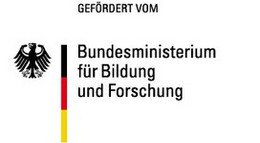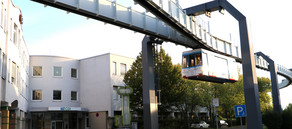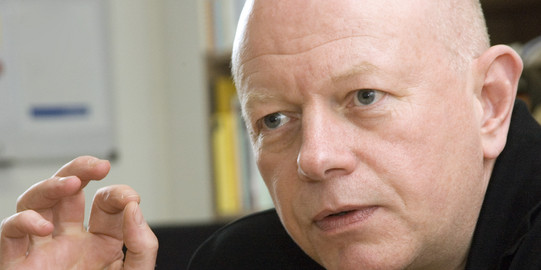Internationale Grundschul-Lese-Untersuchung 2016/ Progress in International Reading Literacy Study 2016
IGLU/PIRLS is an international comparative study that has examined the reading comprehension of students at the end of fourth grade every five years since 2001. In 2016, Germany participated for the fourth time.
Funding


Project description
The Progress in International Reading Literacy Study (PIRLS) is an international comparative school performance study managed by the International Association for the Evaluation of Educational Achievement (IEA). The focus of the study is the assessment of reading comprehension of school students at the end of the fourth grade, taking into account the core conditions of the school learning environment.

With all 16 states participating, the random sample includes approximately 4,000 fourth grade children from 210 primary and special schools. In the context of PIRLS reading literacy is understood as the ability to understand and use different types of texts, and examines the comprehension abilities (text-based and knowledge-based) and intentions with which a text is read. The reading test used in PIRLS consists of literary and informational texts. Each child works in a booklet containing of one of these type of texts followed by questions pertaining to the text. Some questions are multiple choice, while others are free-response questions.
As in past cycles, PIRLS 2016 uses questionnaires for the participating children, parents, German teachers, and school administrators. The questionnaires are used to collect relevant information about the school and family background of the students in order to appropriately interpret performance in accordance with the diverse set of social and school environments.
A key objective of the study is to document long-term trends in the participating education systems. Germany's participation takes place as part the overall strategy for educational monitoring in Germany as agreed upon by the KMK and BMBF.
Lead researcher at IFS
Project management
- Dr. Heike Wendt
- Dr. phil. Anke Hußmann (geb. Walzebug)
Project team
- Martin Goy
- Dan Chen
External project partners
- Prof. Dr. Albert Bremerich-Vos (Universität Duisburg-Essen)
- Prof. Dr. Eva-Maria Lankes (TU München)
- Prof. Dr. Tobias Stubbe (Georg-August-Universität Göttingen)
- Prof. Dr. Renate Valtin (Humboldt Universität zu Berlin)
Publication of the results
IGLU 2016 results were published on 5 December 2017 at 10am.






![[Translate to English:] [Translate to English:]](/storages/ifs-ep/_processed_/8/5/csm_AdobeStock_412860748_9a2dbb816c.jpeg)
